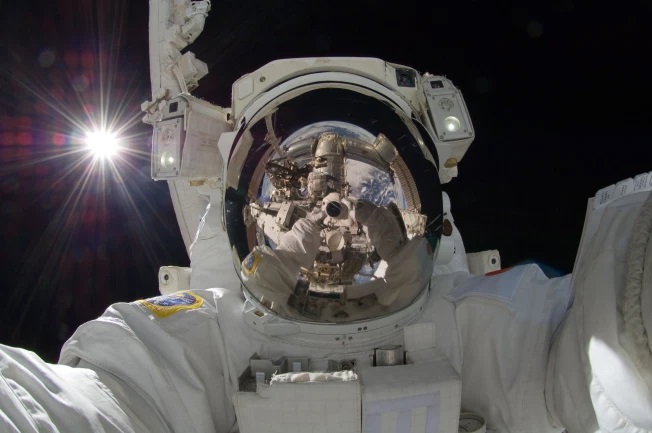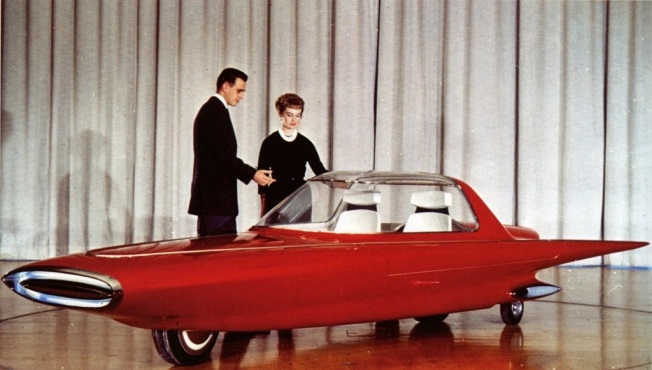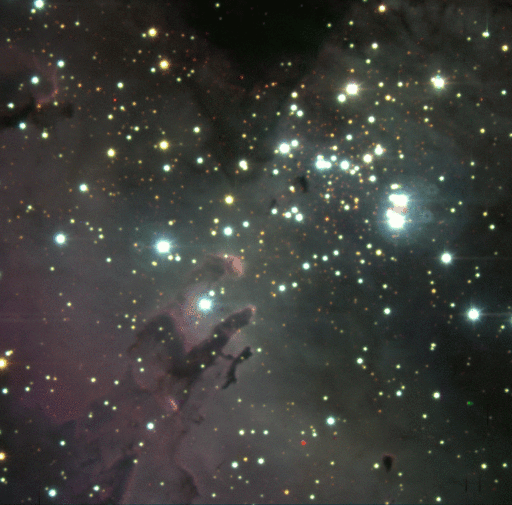

The last manned moon landing took place on December 11, 1972– nigh on 40 years ago. Whether or not you believe it was real, in the end, that wasn’t the point. The “Space Race” was the capstone of decades of a shared imagination of a future of unlimited promise and wholly unfamiliar, something that shaped literature, architecture, automobiles, entertainment. Scientific advancement had already been used to kill millions in times of war, but the “atomic age” chose to imagine the positive potential of science, with shivers of recognition of the present moment’s historicity. It could not last, of course, and there may never be another movement like it. But it was beautiful.

“The size and age of the Cosmos are beyond ordinary human understanding. Lost somewhere between immensity and eternity is our tiny planetary home. In a cosmic perspective, most human concerns seem insignificant, even petty… I believe our future depends on how well we know this Cosmos in which we float like a mote of dust in the morning sky.”
~Carl Sagan, Cosmos
“We are travelers on a Cosmic Journey, stardust, swirling and dancing in the eddies and whirlpools of infinity. Life is Eternal... We have stopped for a moment to encounter each other, to meet, to Love, to share. This is a precious moment.It is a little parenthesis in Eternity”
~Deepak Chopra, The Seven Spiritual Laws of Success

Initially, I found the second quote attributed to Paulo Coelho. Oh, the perils of seizing pretty quotes on the Internet. On searching around, I found that the exact quote belongs to Deepak Chopra, and that the idea of “parenthesis in eternity” is hardly new. Sir Thomas Browne said it in 1658. John Donne expressed a similar thought in 1624. It’s beautiful indeed to think that a convention of written English took on symbolism so early, before punctuation was even standardized in English. And symbols endure long after their referents have faded into antiquity, like debris floating in space. Speaking of, here’s one last space fact: Voyager 1 is more than 11 billion miles away, and it’s run off 64K of computing power and an eight-track tape deck.

You must be logged in to post a comment.